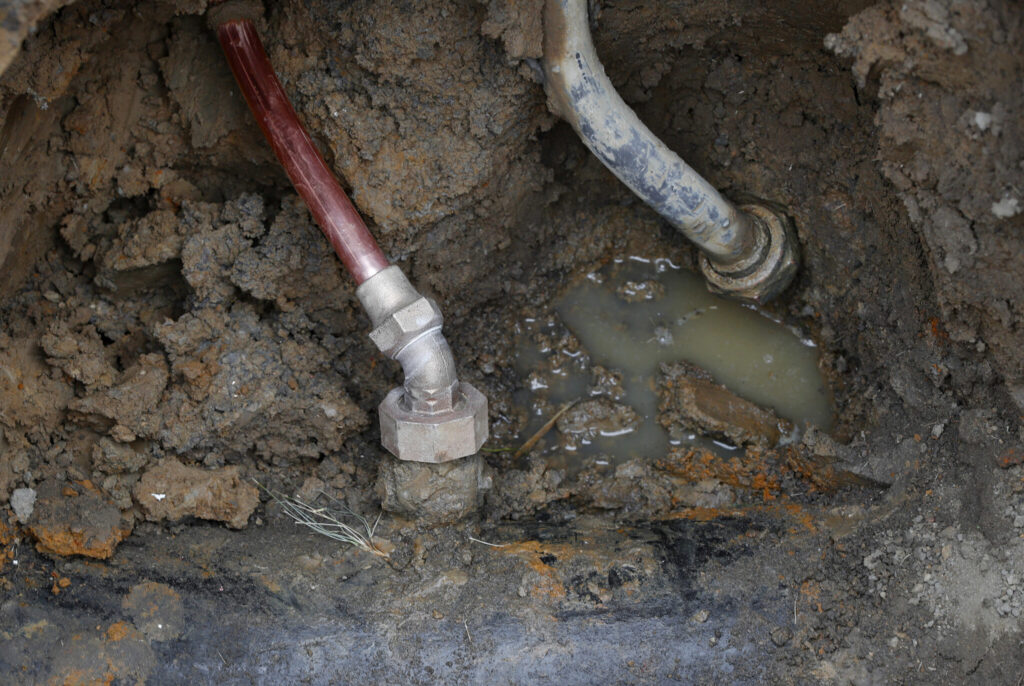Lead pipe replacement/ EPA lead standards/ Biden water safety/ drinking water reform/ lead contamination/ Newslooks/ WASHINGTON? J. Mansour/ Morning Edition/ President Joe Biden has set a 10-year deadline for U.S. cities to replace all lead pipes to ensure safe drinking water. The new EPA rule, announced in Milwaukee, is a stricter approach than previous regulations and includes an “action level” of 10 parts per billion for lead in water. To assist with compliance, the federal government is providing $2.6 billion from the infrastructure law, plus additional grants.

Biden’s Lead Pipe Replacement Push: Quick Looks
- 10-Year Replacement Goal: New EPA rule mandates lead pipe removal across the U.S. by 2037.
- Stricter Lead Standards: EPA’s updated rule lowers the lead “action level” in water to 10 parts per billion.
- Funding Boost: $2.6 billion from infrastructure law, plus grants, to help communities comply.
- Public Health Focus: Lead pipe removal aims to prevent health risks, especially for children and low-income areas.
- Milwaukee Announcement: Biden highlighted the initiative in Milwaukee, one of the cities most impacted by lead pipes.
Biden Sets 10-Year Target to Replace Lead Pipes Nationwide
Deep Look
President Joe Biden has unveiled a new Environmental Protection Agency (EPA) rule aimed at eliminating lead pipes across U.S. cities within the next decade. This updated regulation seeks to address a longstanding public health issue, where lead in drinking water has been linked to numerous health problems, particularly in low-income urban communities. Biden is expected to announce this final rule on Tuesday in Milwaukee, Wisconsin, a key state and city heavily impacted by lead pipe issues.
EPA Administrator Michael Regan stated that Biden and Vice President Kamala Harris view safe drinking water as “a moral imperative.” Harris, who has focused on water safety during her campaign, is a major advocate for the initiative. Regan highlighted the pressing need for action, as over 9 million lead pipes continue to deliver drinking water to American homes despite clear scientific evidence that no amount of lead exposure is safe.
Tighter Lead Standards for Safer Water
The EPA’s rule is the most stringent update in more than 30 years. It reduces the permissible “action level” of lead in water from 15 parts per billion to 10 parts per billion. Water systems will now need to address contamination at even lower levels, and they must also alert the public when high lead concentrations are detected.
The revised approach expands monitoring and introduces a stricter protocol for tracking and addressing lead levels. Utilities will be required to take immediate action to mitigate exposure and replace pipes to fully eliminate contamination risks. The regulation also includes public health advisories, which will inform affected residents of steps they can take to protect themselves, such as using water filters until pipes are replaced.
Addressing the Cost of Compliance
Recognizing the financial strain on cities, especially in older urban areas with extensive lead infrastructure, the EPA will allocate $2.6 billion from the 2021 bipartisan infrastructure law to help communities meet these new standards. An additional $35 million will be available in competitive grants to assist water systems in reducing lead exposure.
While the rule mandates full compliance within 10 years, the clock won’t start until three years from now, giving cities time to strategize. Cities with large volumes of lead pipes may receive extensions, though the goal remains ambitious. Milwaukee, where Biden will formally announce the regulation, is among cities expected to benefit significantly from federal funds to expedite its lead pipe removal plans.
The focus on lead pipe removal follows recent high-profile cases of water contamination, including Flint, Michigan, where a change in water supply led to extensive lead poisoning due to untreated pipes. In places like Newark, New Jersey, Benton Harbor, Michigan, and Washington, D.C., lead exposure has become a persistent issue. Many cities continue to face dangerous levels of lead, disproportionately affecting economically challenged neighborhoods and communities of color.
Lead Pipe Removal Challenges
Despite the push for immediate action, removing lead pipes poses a significant logistical and financial challenge. The $15 billion allotted through the infrastructure law is expected to cover only part of the cost, with the total project potentially costing multiple times that amount.
Additionally, Biden’s EPA is tackling the challenge of “forever chemicals” known as PFAS, which also impact water safety. These new PFAS standards, while aimed at reducing contamination risks, are expected to add billions to the overall cost of water safety initiatives across the country. The American Water Works Association, representing the industry, has voiced support for the EPA’s goals but warned about the high expense that full lead pipe replacement entails.
Another challenge is simply locating the pipes. Many cities lack accurate records of where lead pipes were installed decades ago, making the process of identifying and replacing them more difficult. Initial inventories are due this month, but many municipalities admit that they lack precise information on the composition of their pipes, particularly in older urban areas.
Public Health Priority and Broad Support
Lead contamination in drinking water poses severe health risks, including developmental delays and cognitive impairment in children, as well as increased blood pressure and other health issues in adults. Experts emphasize the urgent need to protect vulnerable populations, especially in historically underserved communities.
Erik Olson, an expert at the Natural Resources Defense Council, sees the broad appeal of this initiative. “No one wants to drink lead-contaminated water or feel like they’re sipping from a lead straw,” Olson said, applauding the EPA’s efforts to push for stricter lead reduction standards.
With the new EPA rule, President Biden aims to transform how American cities approach water safety. While there are significant challenges to overcome, including costs and logistical barriers, the administration’s initiative marks a critical step toward ensuring safe drinking water nationwide.








